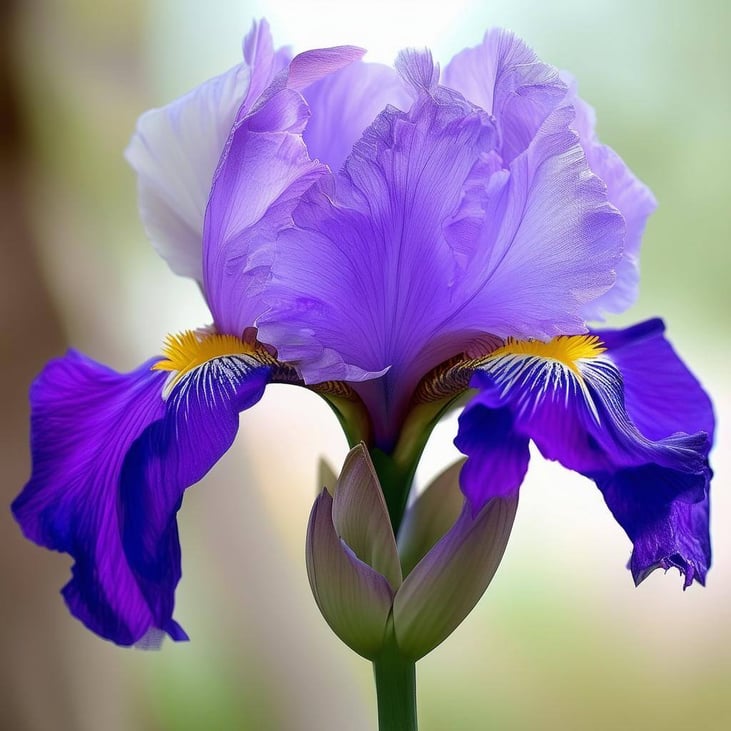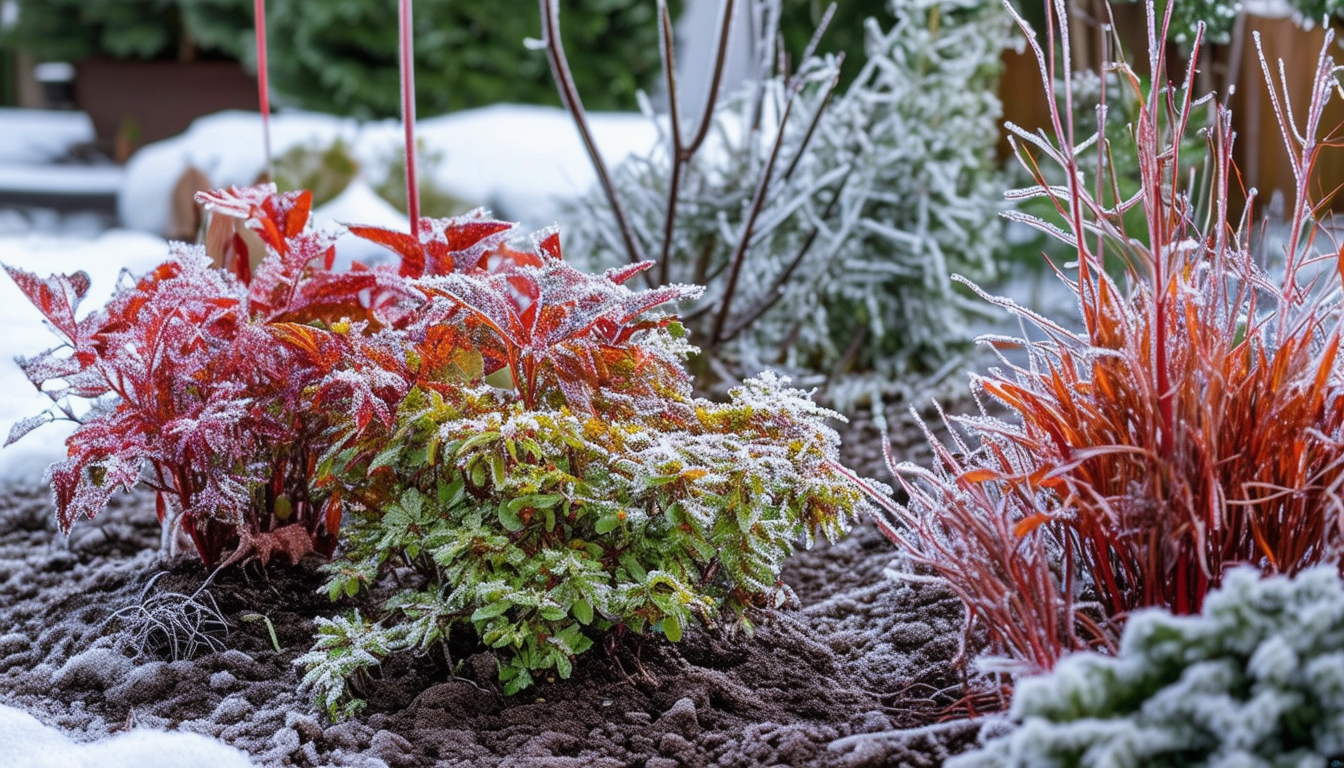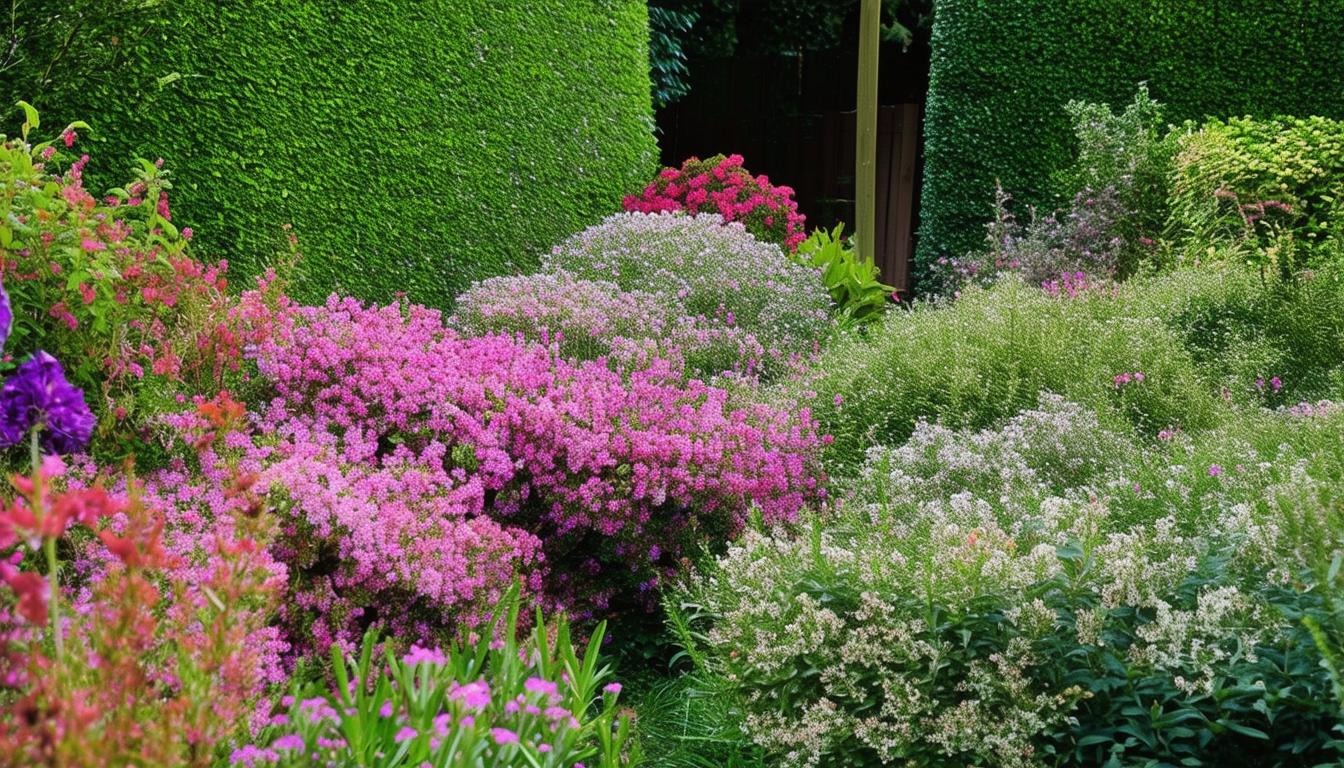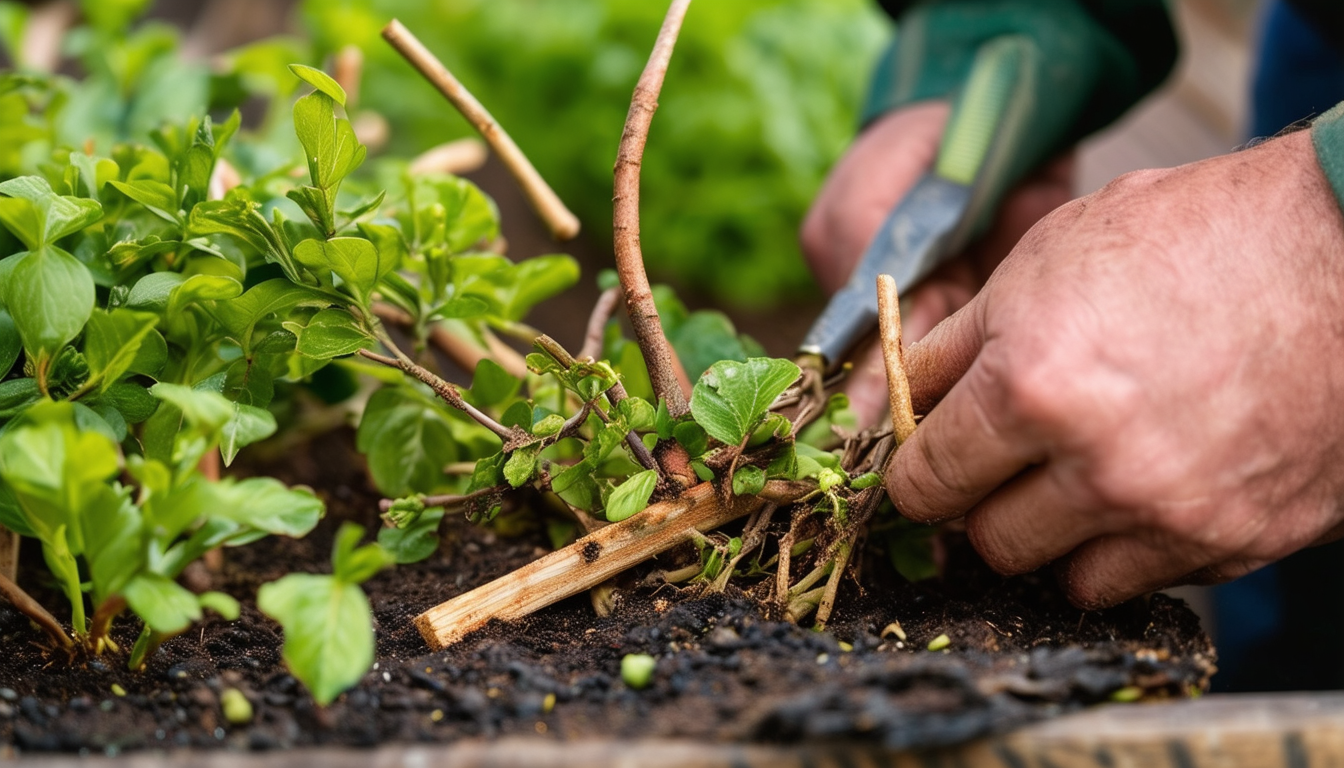
Unlock the secrets of plant propagation with our comprehensive guide to growing from rhizomes.
Understanding Rhizomes: Nature's Underground Stems
Rhizomes are specialized underground stems that store nutrients and can produce new shoots and roots, enabling plants to spread and colonize new areas. Unlike roots, which primarily anchor the plant and absorb water and nutrients, rhizomes are true stems and can give rise to new plants.
These fascinating structures are not only vital for the growth and survival of many plants but also present a fantastic opportunity for gardeners to propagate their favorite varieties. Understanding the nature of rhizomes is the first step in mastering the art of propagation.
Benefits of Rhizome Propagation for Your Garden
Propagating plants from rhizomes offers numerous benefits, making it an attractive method for gardeners. One of the primary advantages is the ability to produce multiple plants from a single rhizome, maximizing your garden's potential without the need for seeds or cuttings.
Rhizome propagation also tends to be faster and more reliable than other methods. Plants that grow from rhizomes often establish quickly and are more resilient to environmental stresses, ensuring a lush and thriving garden. Additionally, this method allows you to replicate specific plant varieties, preserving unique characteristics and enhancing diversity in your garden.
5 Step Guide to Propagating Plants from Rhizomes
Step 1: Select Healthy Rhizomes - Choose rhizomes that are firm and disease-free. Healthy rhizomes will have visible buds or eyes, which are essential for new growth.
Step 2: Prepare the Soil - Ensure the soil is well-draining and rich in organic matter. This creates an optimal environment for the rhizomes to take root and flourish.
Step 3: Plant the Rhizomes - Place the rhizomes horizontally in the soil, with the buds facing upwards. Cover them lightly with soil, leaving the buds exposed.
Step 4: Water and Mulch - Water the planting area thoroughly and apply a layer of mulch to retain moisture and regulate soil temperature.
Step 5: Monitor Growth - Keep an eye on the rhizomes as they develop. Water regularly, especially during dry periods, and protect young shoots from pests and extreme weather.
Common Mistakes to Avoid When Working with Rhizomes
One common mistake is planting rhizomes too deeply. Rhizomes should be planted shallowly, with the buds just below the soil surface. Planting too deep can hinder growth and lead to rotting.
Another mistake is neglecting to divide overcrowded rhizomes. Over time, rhizomes can become congested, reducing their vigor. Regularly dividing and replanting them ensures healthy growth and prevents overcrowding.
Best Plants to Propagate Using Rhizomes
Many beautiful and useful plants can be propagated using rhizomes. Here are some top choices:
Iris: Known for their stunning flowers, irises are easy to propagate from rhizomes and add vibrant color to any garden.
Canna: With their lush foliage and striking blooms, cannas are a fantastic option for rhizome propagation.
Peony: Peonies produce large, fragrant flowers and thrive when propagated from rhizomes.
Rhubarb: This versatile plant is perfect for both ornamental and edible gardens, and rhizome propagation is a straightforward way to expand your rhubarb patch.
FAQ
Can you propagate a rhizome? Yes, rhizomes can be propagated to produce new plants.
What is the difference between a root and a rhizome? Roots primarily absorb water and nutrients, while rhizomes are stems that store energy and produce new shoots.
How do you sprout rhizomes? Plant them shallowly in well-draining soil and keep them moist until they sprout.
Can rhizomes reproduce? Yes, rhizomes can reproduce vegetatively by producing new shoots and roots.
Should rhizomes be soaked before planting? It's not necessary but soaking can sometimes help to jumpstart growth.
Can you cut off rhizomes? Yes, rhizomes can be divided to propagate new plants.
What plants are propagated by rhizomes? Examples include iris, canna, peony, and rhubarb.
How long do rhizomes last? Rhizomes can last for several years if properly cared for.
Are rhizomes true roots? No, they are modified stems.
How do you get tubers to sprout? Tubers need similar conditions to rhizomes: shallow planting, well-draining soil, and consistent moisture.
How can I make my rhizomes grow faster? Ensure they have optimal conditions: well-draining soil, proper watering, and adequate sunlight.
Can I grow turmeric in my garden? Yes, turmeric can be grown from its rhizomes in suitable climates.
How do you take cuttings from rhizomes? Cut healthy sections with visible buds and plant them as you would whole rhizomes.
Can you plant a rhizome? Yes, rhizomes can be planted to grow new plants.
What are the benefits of rhizomes? They store energy and nutrients, enabling plants to survive adverse conditions and reproduce.
Do you bury rhizomes? Rhizomes should be planted shallowly with buds near the soil surface.
How do you save rhizomes? Store them in a cool, dry place over the winter.
Can you split rhizomes? Yes, splitting them is a common propagation method.
Can you transplant rhizomes? Yes, they can be transplanted to new locations.
Are rhizomes invasive? Some rhizomes can be invasive, so it's essential to manage their spread.
Can a plant regrow from just roots? Generally, no. Most plants require stems or buds for regrowth.
What is the difference between a tuber and a rhizome? Tubers are swollen stems or roots that store nutrients, while rhizomes are horizontal stems.
What is the difference between a rhizoid and a rhizome? Rhizoids are root-like structures in non-vascular plants, while rhizomes are stem structures in vascular plants.
How deep do rhizomes grow? Rhizomes are typically found just below the soil surface.



